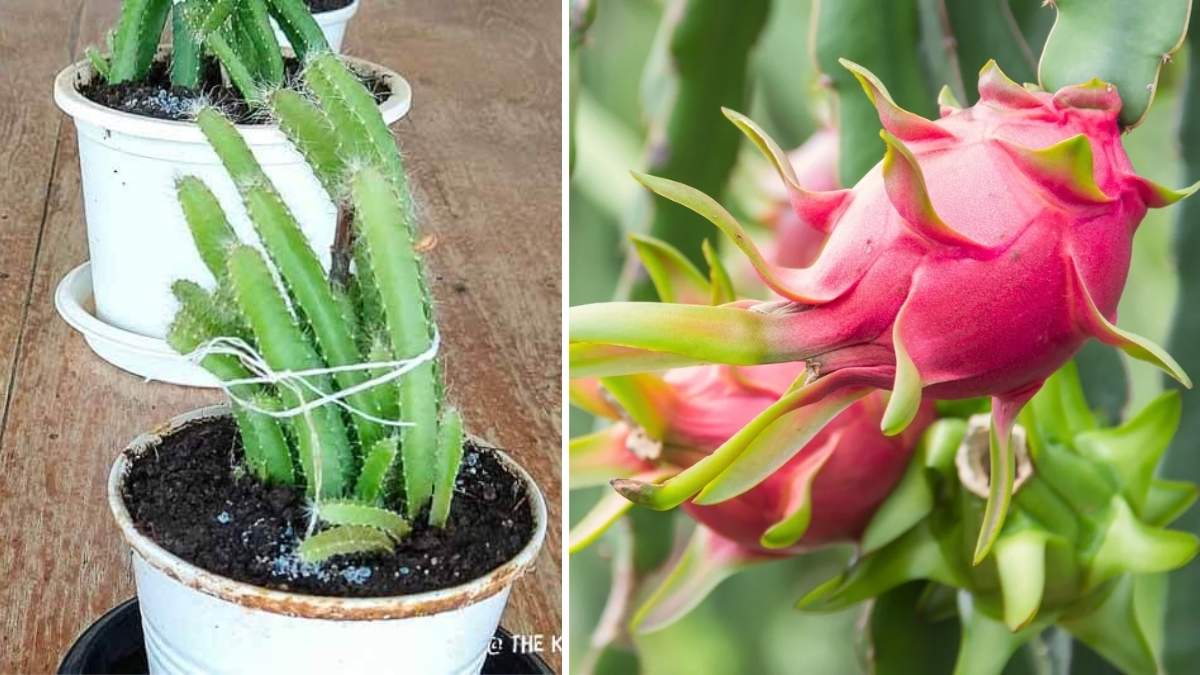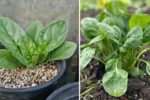Dragon fruit, also known as pitaya, is one of the most striking and exotic fruits you can grow at home. With its bright pink skin, green scales, and sweet, refreshing taste, it adds a tropical charm to your balcony garden. The best part is that dragon fruit plants are surprisingly easy to grow in containers, even if you live in a city apartment with limited space. All you need is the right setup, some patience, and a little care.
Understanding the Dragon Fruit Plant
Dragon fruit comes from a type of cactus native to Central and South America. Unlike desert cacti, it prefers warm, humid conditions and partial sunlight. The plant grows as a climbing cactus with long, fleshy stems that can reach several meters if supported. It produces stunning white flowers that bloom at night and turn into the famous pink or yellow fruit.
Because it’s a climbing cactus, growing dragon fruit in containers works beautifully when you provide a support system such as a trellis or pole. This not only saves space but also gives your balcony an eye-catching tropical look.
Choosing the Right Dragon Fruit Variety
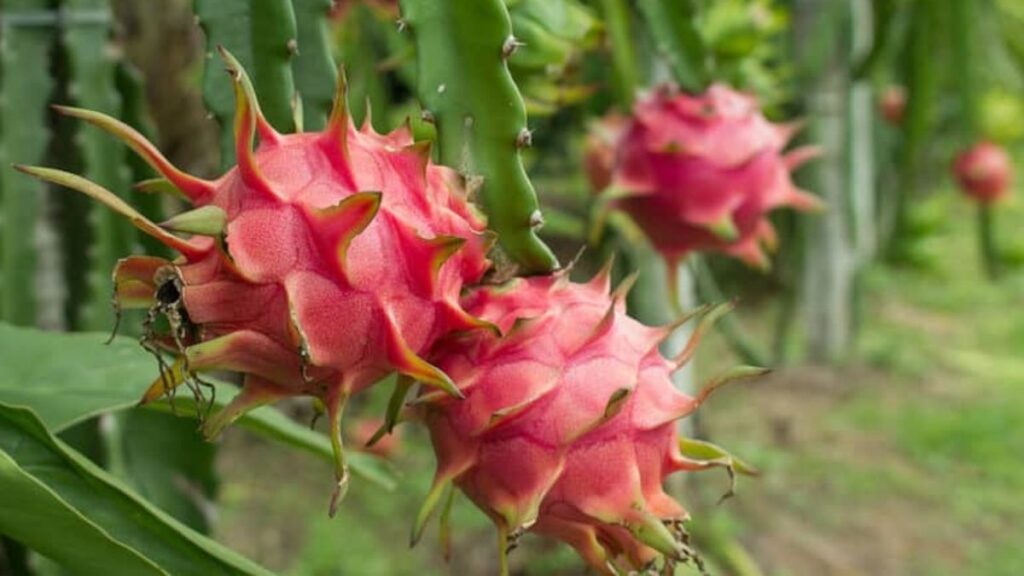
There are several types of dragon fruit to choose from. The most common are:
- Hylocereus undatus, with white flesh and pink skin
- Hylocereus costaricensis, with red flesh and red skin
- Hylocereus megalanthus, with white flesh and yellow skin
For balcony gardening, go for self-pollinating varieties such as Hylocereus undatus. This ensures you’ll get fruit without needing another plant for cross-pollination.
Selecting the Perfect Container for Dragon Fruit
The container you choose plays a major role in your plant’s success. Dragon fruit has shallow roots but grows heavy and tall, so the pot must be both wide and stable. A container that’s at least 15–20 inches in diameter and 12 inches deep works well. Make sure it has good drainage holes to prevent root rot.
Terracotta or ceramic pots are ideal because they keep the soil cool and allow better air circulation. Plastic pots can also work if they’re sturdy enough to hold the weight of the plant and its support structure.
Preparing the Soil for Dragon Fruit
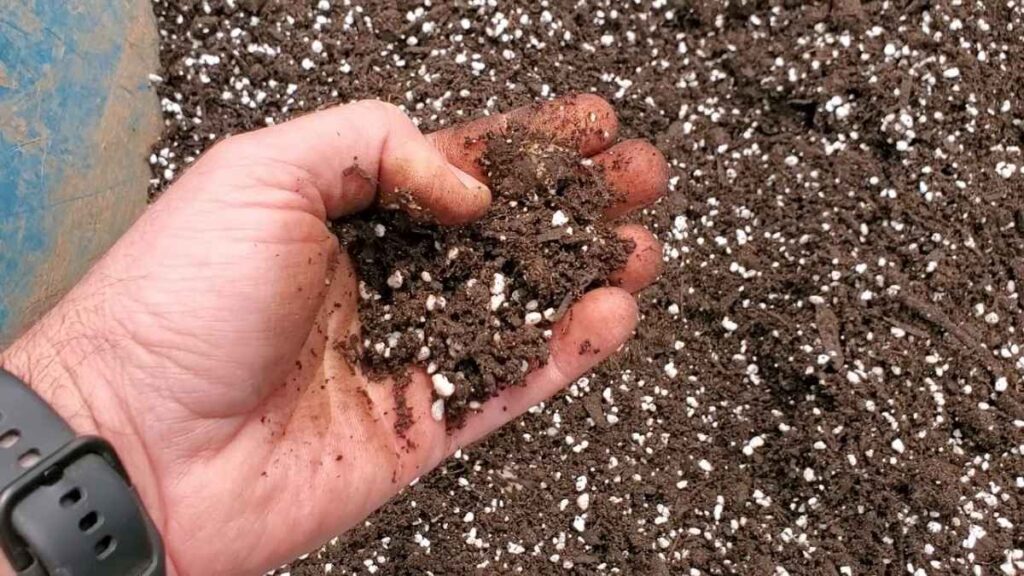
Dragon fruit thrives in well-draining soil. Since it’s a cactus, it hates sitting in waterlogged soil. The best mix is a blend of sandy soil, compost, and perlite or pumice. You can make your own by mixing two parts garden soil, one part organic compost, and one part coarse sand.
Before planting, add some slow-release fertilizer or bone meal to give your plant a nutrient boost. A pH between 6 and 7 is ideal for healthy growth.
Propagating Dragon Fruit in Containers
You can grow dragon fruit from seeds or cuttings, but cuttings are faster and more reliable. To start from cuttings, take a healthy stem about 8 to 10 inches long from a mature plant. Let the cutting dry for a few days so the end forms a callus. This step helps prevent rotting when you plant it.
Once the cutting is ready, plant it about two inches deep in the prepared container. Water it lightly and place it in a warm, bright spot where it gets indirect sunlight. Within a few weeks, you’ll notice new growth indicating that roots have formed.
Supporting Your Dragon Fruit Plant
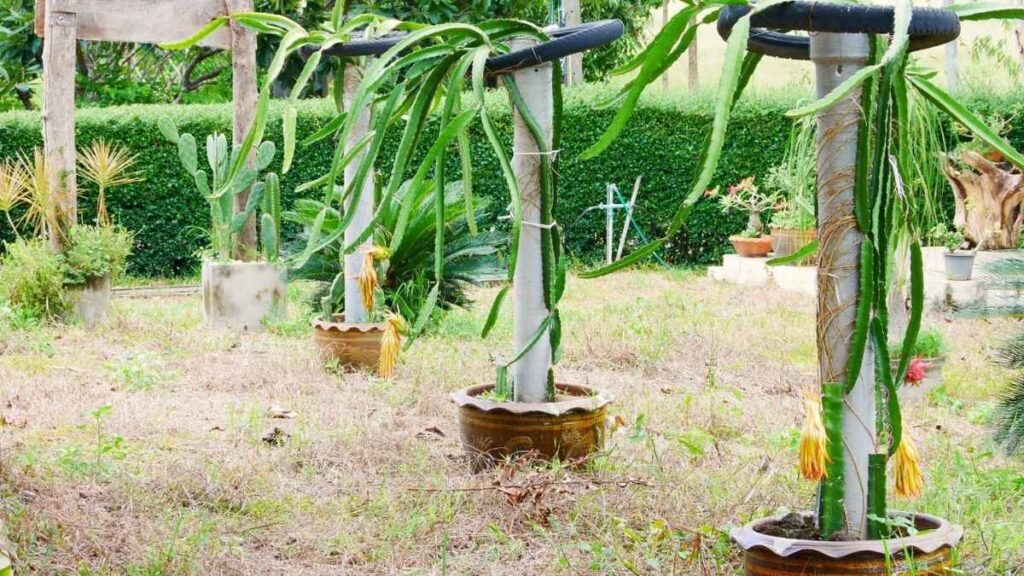
As the dragon fruit plant grows, it needs support to climb. Place a wooden or concrete pole in the center of the container or set up a small trellis. You can also tie the stems loosely to the pole using soft garden ties. This helps the plant grow upright and prevents it from sprawling over the balcony floor.
Once it reaches the top of the support, allow the stems to droop and hang down. This encourages the plant to flower and fruit more effectively.
Watering and Feeding Dragon Fruit
Dragon fruit needs regular watering, especially during the growing season, but you must avoid overwatering. Let the top two inches of soil dry out before watering again. During summer, water about twice a week, while in cooler months, once a week is enough.
Feed your plant every two months with a balanced liquid fertilizer or organic compost tea. When the plant starts flowering, switch to a fertilizer rich in phosphorus and potassium to encourage fruiting.
Sunlight and Temperature for Dragon Fruit
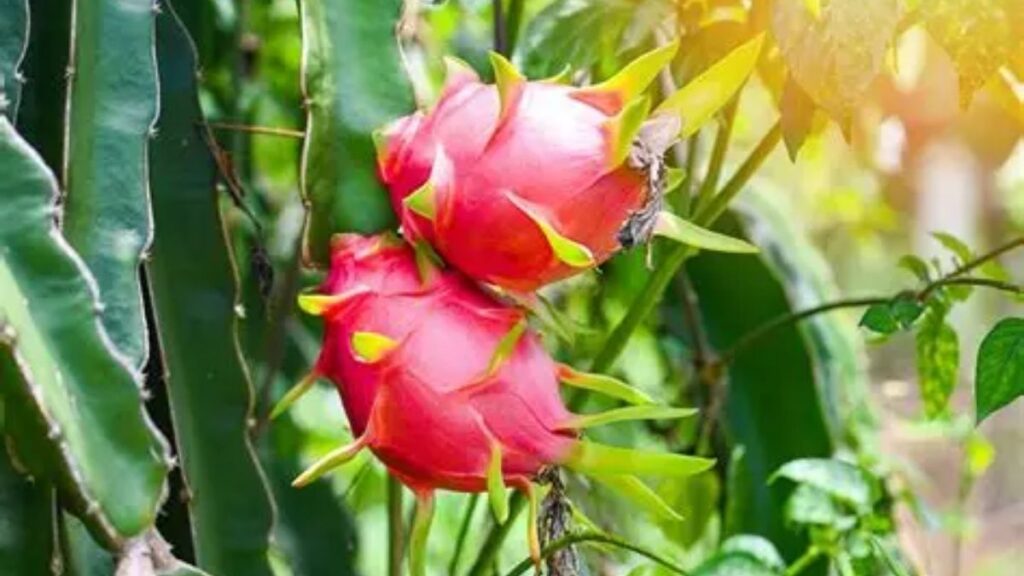
Dragon fruit loves warmth and light, but too much direct sun can scorch its stems. On a balcony, place the container where it gets about six hours of bright, indirect sunlight daily. If your balcony gets intense afternoon sun, move the plant slightly to a shaded area or use a light shade cloth.
The ideal temperature range is between 20°C and 30°C. If you live in a cooler climate, bring the plant indoors during winter or cover it with a frost cloth to protect it from cold damage.
Dragon Fruit Flowering and Pollination
Dragon fruit plants usually start flowering after one to two years. The flowers are large, white, and fragrant but bloom only at night, lasting for just one evening. If your plant is not self-pollinating, you’ll need to hand-pollinate using a small brush to transfer pollen from one flower to another.
Pollination is key to fruit development. Within a few days of successful pollination, you’ll notice the base of the flower swelling. The fruit takes about a month to mature.
Harvesting Dragon Fruit
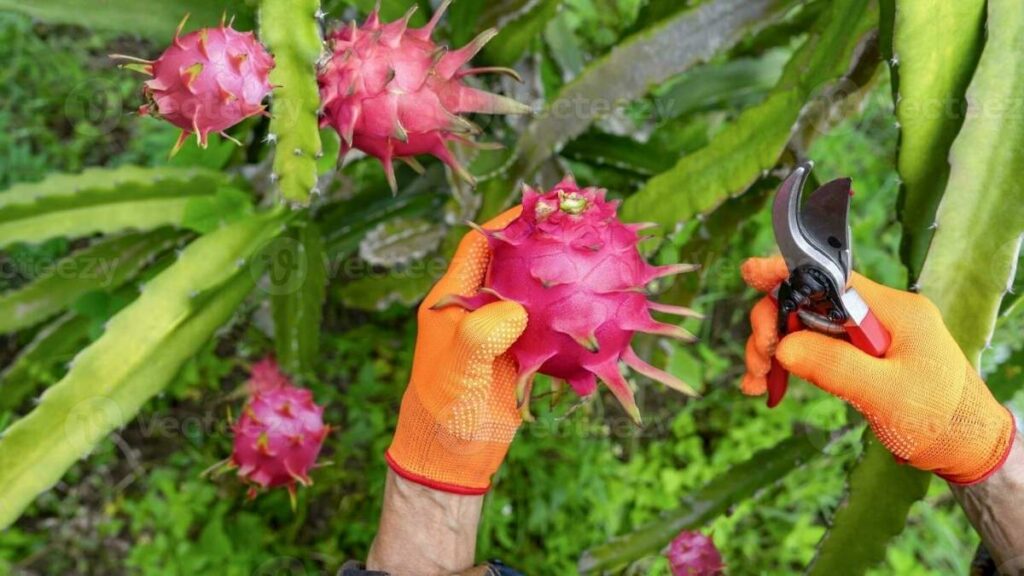
You’ll know the fruit is ready when its skin turns bright pink or red and the wings on the outer skin begin to dry. Use a sharp knife or pruning shears to cut the fruit, leaving a small portion of stem attached.
Fresh dragon fruit can be stored in the refrigerator for about a week. The juicy, mildly sweet pulp is perfect for smoothies, salads, or eaten straight from the skin.
Common Problems When Growing Dragon Fruit
Overwatering is the most common issue for balcony growers. Always ensure proper drainage to prevent rot. Watch out for pests like aphids and mealybugs; these can be controlled with neem oil spray. If the stems look yellow, it may be due to too much sun or nutrient deficiency. Adjust the plant’s position and feed it with a balanced fertilizer to restore health.
Final Thoughts on Growing Dragon Fruit
Growing dragon fruit in containers on your balcony is not just about producing exotic fruit—it’s also about creating a small green retreat filled with tropical beauty. With the right care, your plant will reward you with vibrant blooms and delicious fruit year after year.
Start with a single pot, give it some sunlight, water, and attention, and soon your balcony will look and feel like a mini tropical orchard right in the heart of your home.
